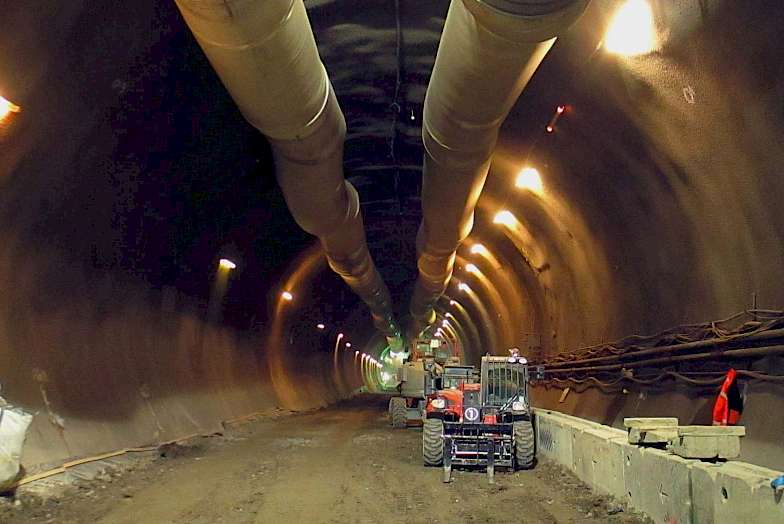
Shoreditch High Street station opened in 2010 as a flagship station in the London Overground Network and a major node in the newly established Overground East London Line, formerly part of the underground Metropolitan line. A local resident commented:
‘This station [Shoreditch High Street] is so much better connected than Aldgate East and has really led to a shift in how people move about in the area.’
Since the opening of Shoreditch High Street station, some Bangladeshi restaurateurs have noted that the number of visitors to Brick Lane using Aldgate East station has fallen significantly. This has impacted trade in the southern end of the street. The new station has directed footfall away from Banglatown towards the bars and cafés around Hoxton and Shoreditch.

The next major change in the area will be when Crossrail/the Elizabeth Line opens, connecting the far west to the far east of London with a high-speed rail link. Liverpool Street and Whitechapel stations form part of this new network. Whitechapel station is already an important interchange for both the Hammersmith & City and District lines and London Overground. The arrival of Crossrail will weave these existing transport services in with the new high-speed line, including the refurbishment of the existing station. Crossrail expects to open the central section (including Liverpool Street and Whitechapel) between Paddington and Abbey Wood in summer 2021, with full services across the line by mid-2022. This will connect the eastern and western sections straight through central London and could be transformative for the southern section of Brick Lane.
While many Bangladeshi restaurant owners have high expectations of the impact of Crossrail, others have mixed feelings about how it will affect Brick Lane. As one said:
‘Yeah, it’ll be boost to the area. But, then again, the Whitechapel Road and Mile End Road and surroundings, they will become the main focus. The secondary position will come to Brick Lane, you know.’